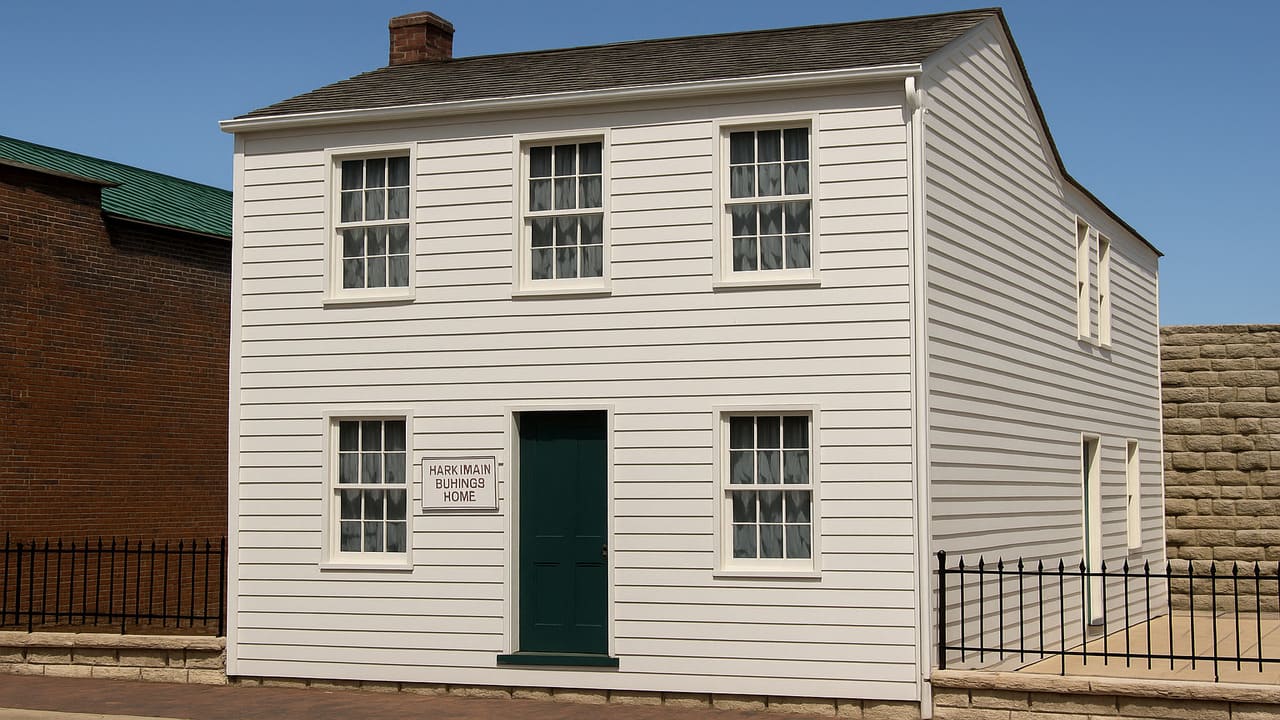
Visit MarkTwain Lake – The small town of Hannibal, Missouri, was once the childhood home of Samuel Langhorne Clemens, better known as Mark Twain Boyhood Home and Museum. In the 19th century, Hannibal was a bustling river town filled with steamboats, traders, and small communities. For a young boy with a curious imagination, it provided the perfect setting to explore the rhythms of American life.
Twain’s years in Hannibal deeply influenced his writing. From the streets, caves, and riverbanks, he drew inspiration that later transformed into timeless stories like The Adventures of Tom Sawyer and Adventures of Huckleberry Finn. Today, visitors to the Mark Twain Boyhood Home and Museum can step into the same environment that shaped his creativity, gaining an appreciation for the interplay between real-life experiences and literary genius.
The centerpiece of the museum complex is the modest white two-story house where Samuel Clemens lived between 1839 and 1853. Preserved and carefully restored, the home offers an intimate look at the formative environment of young Twain. Walking through its rooms, visitors can imagine a boy gazing out the window at the Mississippi River or daydreaming about the adventures that would one day fill his novels.
Artifacts, period furnishings, and interpretive panels help contextualize the home within its 19th-century setting. Rather than presenting luxury, the house reveals a simple upbringing filled with ordinary challenges and joys. It reminds visitors that Twain’s extraordinary talent emerged not from privilege, but from curiosity and observation of everyday life in a small village.
Read More : the small town of Hannibal, Missouri, was once the childhood home of Samuel Langhorne Clemens, better known as Mark Twain. In the 19th century, Hannibal was a bustling river town filled with steamboats, traders, and small communities. For a young boy with a curious imagination, it provided the perfect setting to explore the rhythms of American life.
Twain’s years in Hannibal deeply influenced his writing. From the streets, caves, and riverbanks, he drew inspiration that later transformed into timeless stories like The Adventures of Tom Sawyer and Adventures of Huckleberry Finn. Today, visitors to the Mark Twain Boyhood Home and Museum can step into the same environment that shaped his creativity, gaining an appreciation for the interplay between real-life experiences and literary genius.
Read More : Double Hearts Ranch: An Educational Escape at Mark Twain Lake
Beyond the boyhood home itself, the museum complex features several buildings that deepen the experience. Galleries showcase Twain’s manuscripts, first editions, and personal belongings. Original illustrations from his books allow visitors to see how his words were visually interpreted during his lifetime.
One of the most engaging exhibits is dedicated to the characters of Tom Sawyer and Huck Finn. These displays highlight how Twain transformed real-life acquaintances from Hannibal into enduring fictional figures. Visitors learn how his childhood friends became the basis for beloved characters who continue to inspire readers worldwide. Interactive elements, such as multimedia presentations and recreated scenes, make the museum accessible and engaging for visitors of all ages.
The Mark Twain Boyhood Home and Museum is not just a historical attraction it is a cultural touchstone that underscores the importance of storytelling in shaping national identity. Twain’s novels captured the voice of 19th-century America, filled with humor, satire, and social critique. Standing in his childhood home allows visitors to connect with the roots of those stories, understanding how they sprang from the lived experiences of a curious boy in Hannibal.
Moreover, the museum continues to emphasize Twain’s relevance today. His themes of freedom, friendship, and the struggle against injustice resonate as much now as they did in his time. By preserving his home and works, Hannibal ensures that future generations can reflect on the values embedded in his stories and the impact literature can have on society.
Also Read : Sea People of Johor: Struggling to Sustain Their Livelihoods
Visitors to the museum can expect more than just a tour of an old house. The experience includes a self-guided exploration of multiple buildings, each offering different insights into Twain’s life and legacy. In addition to the boyhood home, guests can visit the interpretive center, Becky Thatcher’s house, and the Huckleberry Finn House. Each site offers fresh perspectives on the real people who inspired Twain’s fictional creations.
Families especially enjoy the interactive nature of the museum. Children are encouraged to engage with exhibits, participate in storytelling sessions, and even try their hand at writing exercises inspired by Twain’s style. For adults, the museum offers an intellectual journey into America’s literary history, sparking reflection on how childhood environments influence creativity.
Instead of closing with a conventional conclusion, it is fitting to consider how the Mark Twain Boyhood Home and Museum will continue to evolve. Preservation efforts remain a central focus, ensuring that the physical structures withstand the passage of time. Partnerships with schools, universities, and literary organizations help the museum remain relevant by incorporating Twain’s works into educational programs.
There is also potential for expanded digital initiatives. Virtual tours, online exhibits, and interactive platforms can bring Twain’s world to a global audience, making Hannibal accessible far beyond Missouri. By combining preservation with innovation, the museum guarantees that the story of how a small-town boy became one of the world’s most beloved authors will continue to inspire generations to come.